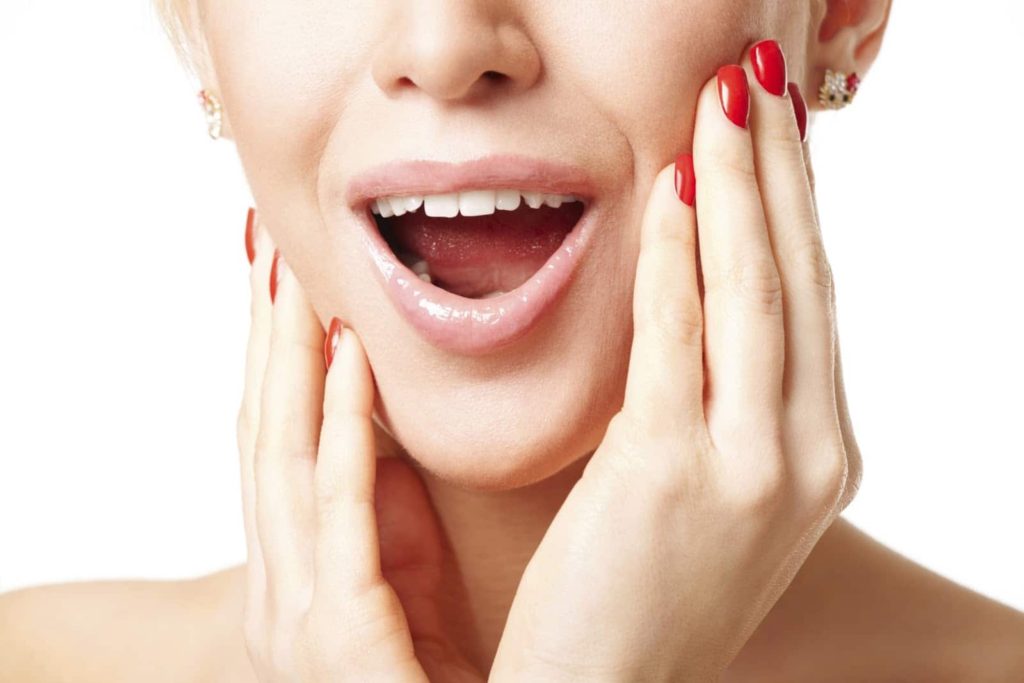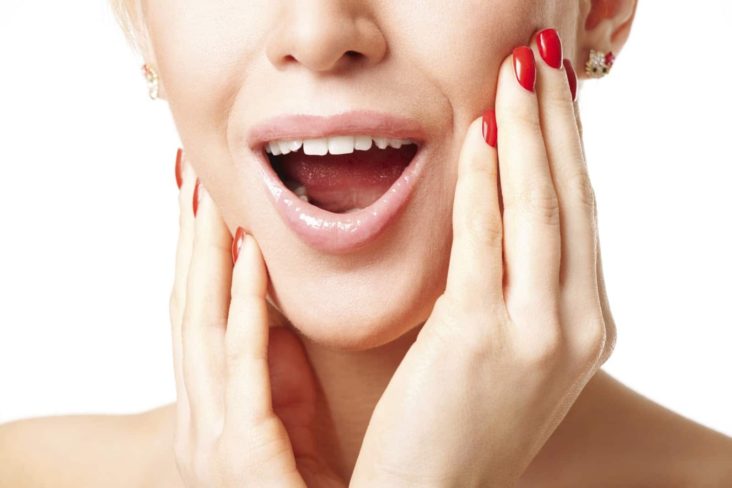
TMJ (Temporal Mandibular Joint) is a term that describes all problems in and around the TMJ. With TMJ disorders, there are problems in the joint itself (this is almost 100% of the primary problem) that cause muscles to cramp, spasm or hurt. It also shifts the alignment of the lower jaw (mandible) due to a shift inside the joint. This often makes your bite feel uneven.
Managing the muscle pain with drugs, physical therapy, injections, etc. is helpful with providing comfort but it won’t fix damage in the joint, typically. Likewise, adjusting the fit of the teeth (equilibration) will not fix what happened inside the joint and often can lead to further pressure in the joint, causing more damage. It will, however, provide some muscle relief because it has restored balance between the occlusion and the damaged joint.
80% or more of patients presenting for TMJ problems have arthritis, dislocated/damaged discs and joint pain. Recent improvements in imaging and other biomedical technology helps in diagnosis and providing therapeutic strategies to improve joint function and alignment as a primary goal; since most symptoms arise from the sudden shift in the joint from a slipped disc or other microtrauma.
I treat the joint back to health first (as much as is possible), then assess whether any change in the occlusion (bite) is indicated to support the joint. Myofascial and physical therapy treatments facilitate joint rehabilitation only when oral orthotics are being used.
A majority of dentists understand that the most important etiologic factor in TMJ arthritis and damage is excess loading of the joint (clenching, grinding or an underlying misalignment from uneven growth of the jaws) that slowly causes damage to the cartilage disc, ligaments and bone.
Using 3D cone beam imaging, I can measure joint space narrowing or loss and proper alignment of the joint in the socket. This guides treatment strategy by focusing on the most important factor first, which is the joint. Damage to the cartilage leads to and precedes joint space narrowing and eventual arthritic damage. Early detection and correction is our goal.




